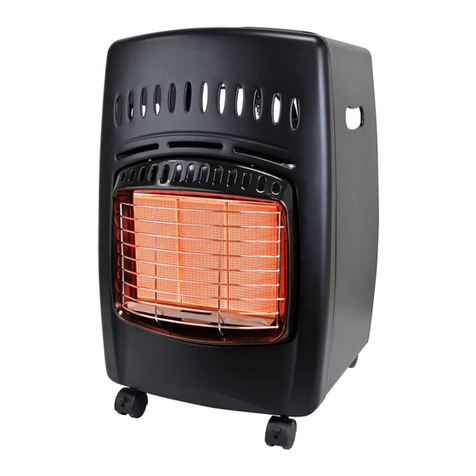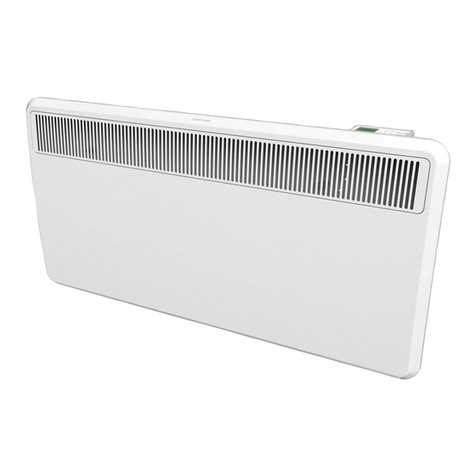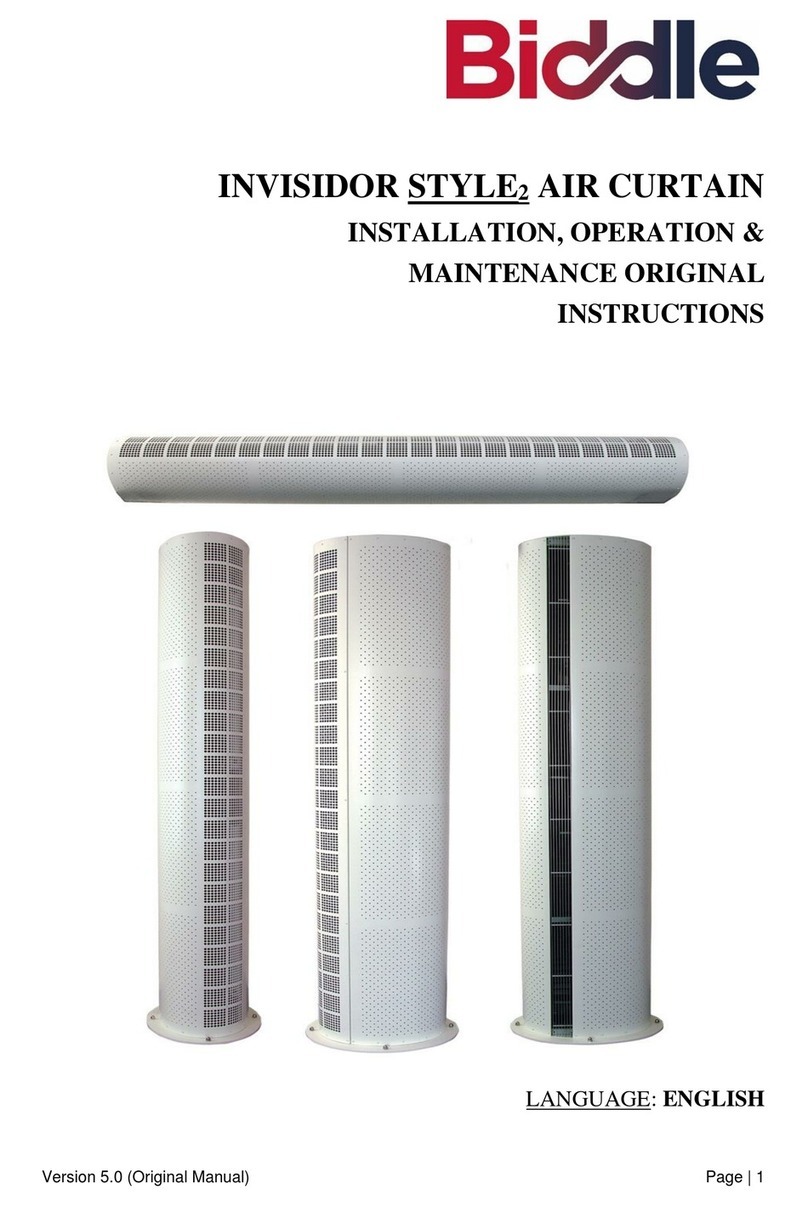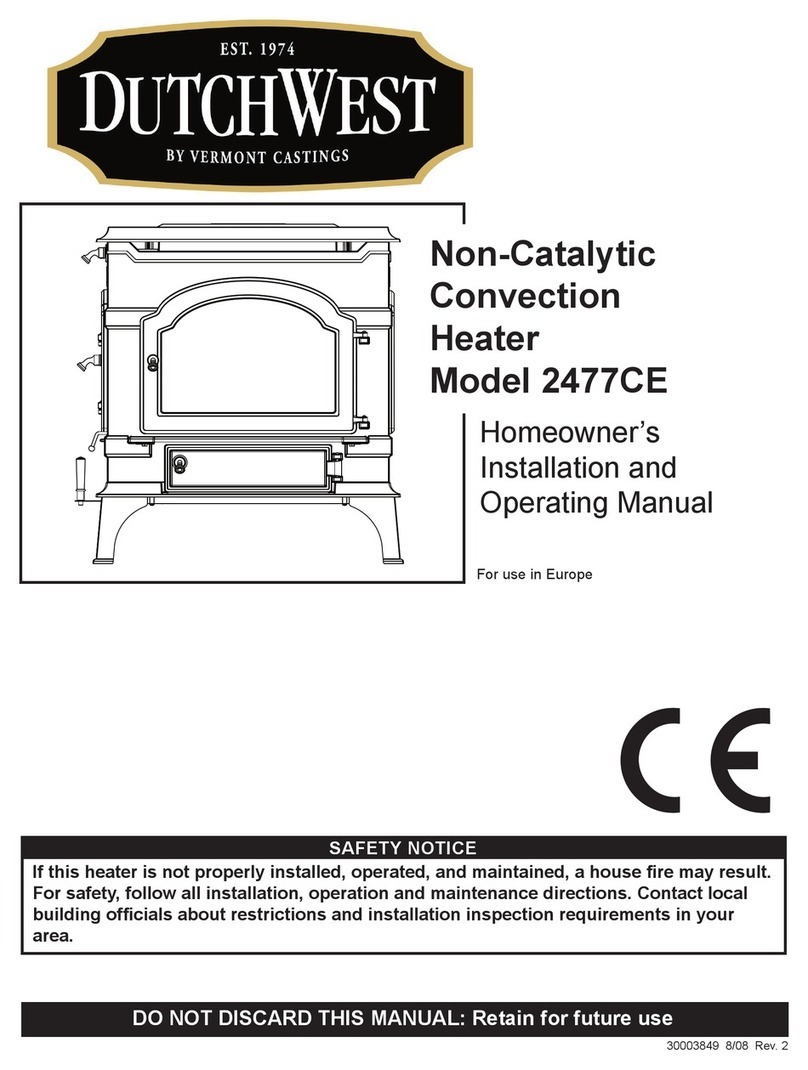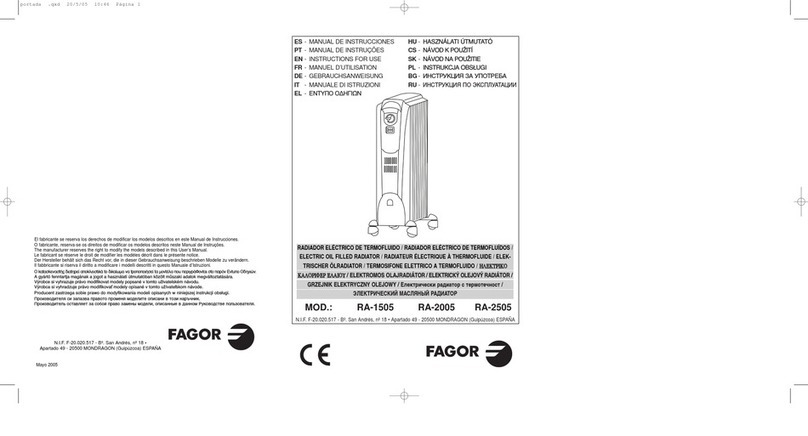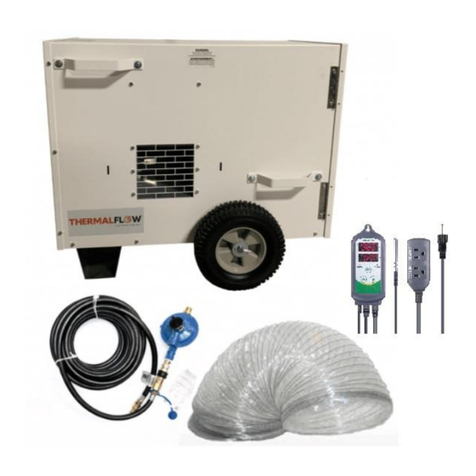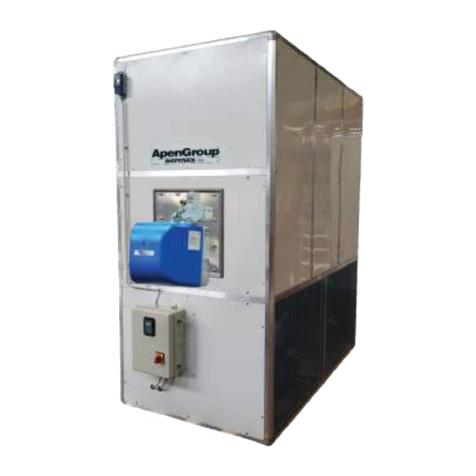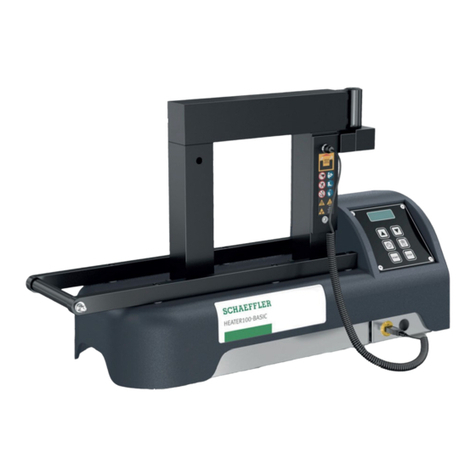
4Schaeer Technologies
Contents
1. About the user manual..................................................................................................................6
1.1 Current version .......................................................................................................................... 6
1.2 Availability................................................................................................................................. 6
1.3 Legal guidelines ........................................................................................................................ 6
1.4 Original user manual ................................................................................................................. 6
2. Safety, warnings and potential hazards ........................................................................................ 7
2.1 Explanation of the pictograms................................................................................................... 7
2.2 Description of potential hazards ............................................................................................... 8
2.3 Safety measures to be taken .................................................................................................. 10
2.4 Safety provisions .................................................................................................................... 11
3. Introduction ................................................................................................................................12
3.1 Application .............................................................................................................................. 12
3.2 Operating conditions .............................................................................................................. 12
3.3 Principle of operation .............................................................................................................. 12
4. Installation..................................................................................................................................13
5. Explanation of display, buttons and connections ......................................................................15
5.1 Explanation of touchscreen operating elements ..................................................................... 16
6. System settings ..........................................................................................................................18
6.1 General.................................................................................................................................... 18
6.2 Explanation of system settings – screen 1 .............................................................................. 19
6.3 Explanation of system settings – screen 2 .............................................................................. 19
6.4 Explanation of system settings – screen 3 .............................................................................. 20
6.5 Explanation of system settings – screen 4 .............................................................................. 21
6.6 Explanation of system settings – screens 5 and 6 ................................................................... 21
7. The magnetic temperature sensor .............................................................................................23
8. Method of operation ...................................................................................................................24
8.1 Heating a hanging workpiece .................................................................................................. 26
8.2 Heating a horizontal workpiece .............................................................................................. 27
8.3 Maximum weights for swivel arm models................................................................................ 27
9. Operation ....................................................................................................................................28
9.1 Selecting heating modes......................................................................................................... 29
9.2 Heating in temperature mode ................................................................................................. 32
9.3 Heating in time mode .............................................................................................................. 34
9.4 Heating in temperature or time mode...................................................................................... 35
9.5 Heating in temperature & speed mode ................................................................................... 37
9.6 Workpiece installation............................................................................................................. 39
9.7 Error messages........................................................................................................................ 39
English

